Twin Benefit: Chhattisgarh revives 800 rivulets under its Narwa Vikas Yojana, provides employment to thousands of villagers
The Chhattisgarh government has mapped 1,955 rivulets in the state under the Narwa Vikas Yojana of which 800 have been revived from April 2019 till now. The target is to rejuvenate 8,821 rivulets by Financial Year 2023-2024. The programme has provided employment to thousands of people under MGNREGA and CAMPA.

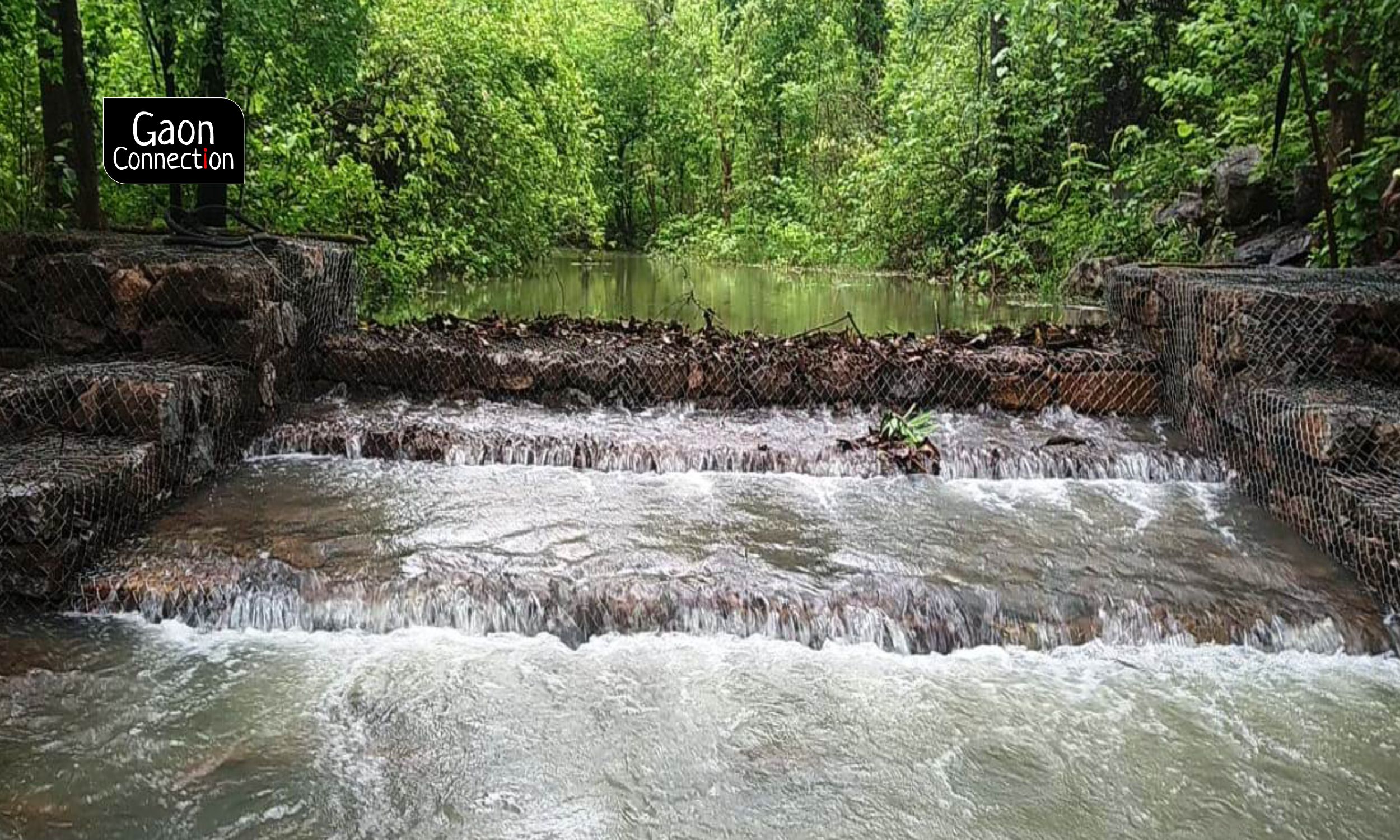
Under the Narwa Vikas Yojana, gabions, contour trenches and check dams are constructed to rejuvenate rivulets. Photo: Forest department.
Hari Singh Thakur, who is 40 years old, and his wife Rukmani, who is 30, are from Balood village in Dantewada district, about 340 kilometres (km) from Chhattisgarh capital Raipur. They pack a meal of rice and dal before they set out for their workplace for the day, about three km from their home. They have MGNREGA (Mahatma Gandhi National Rural Employment Guarantee Act) job cards and have been allotted work that is backbreaking, yet satisfying.
They create gabions (a wire cage filled with boulders), contour trenches (ditches that run perpendicular to the flow of water) and check dams (small dams across channels to reduce velocity of water flow). They work from 9 am to 5 pm, restoring rivulets under the chief minister’s flagship Narwa Vikas Yojana.
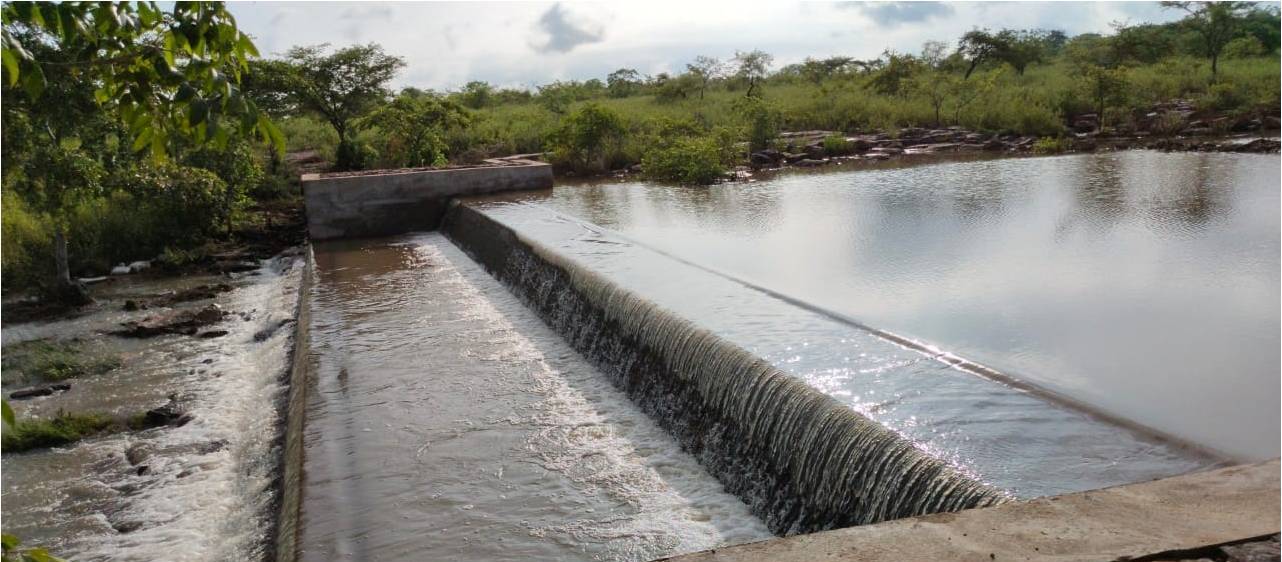
“We are not well off, and we take up any work that pays us. We did this job for the first time, and though it was very difficult initially, I liked it,” Thakur told Gaon Connection.
Like Hari Singh and his wife Rukmani, thousands of villagers across Chhattisgarh are involved in a unique scheme of the state government to revive local rivulets that feed the main rivers of the state and keep them flowing. Approximately 33,000 rivulets or narwas feed the rivers in Chhattisgarh, whose 44 per cent geographical area is covered by forests. These rivulets are natural water sources that feed the rivers. They have dwindled or completely disappeared.
The Narwa Vikas Yojana launched in April 2019 is a state-wide initiative to restore rivulets and ensure important rivers in Chhattisgarh do not run dry. This is expected to help conserve water in the forests, besides arrest soil erosion and recharge the ground water table.

Additionally, the scheme also provides livelihood to the local people as works under it are carried out through MGNREGA and CAMPA (Compensatory Afforestation Fund Management and Planning Authority) and workers earn between Rs 192 (MGNREGA) and Rs 299 (CAMPA) a day. So far, 37,827 have benefited under CAMPA. Under MGNREGA, some 9,000 workers have received wages in the year 2020-21.
“While some of the rivulets have been identified by the forest department, others have been identified by the zilla panchayat,” Chhattisgarh MGNREGA commissioner Qaiser Mohammad told Gaon Connection. “We undertook the narwa work as we already create water harvesting structures under MGNREGA,” he added.
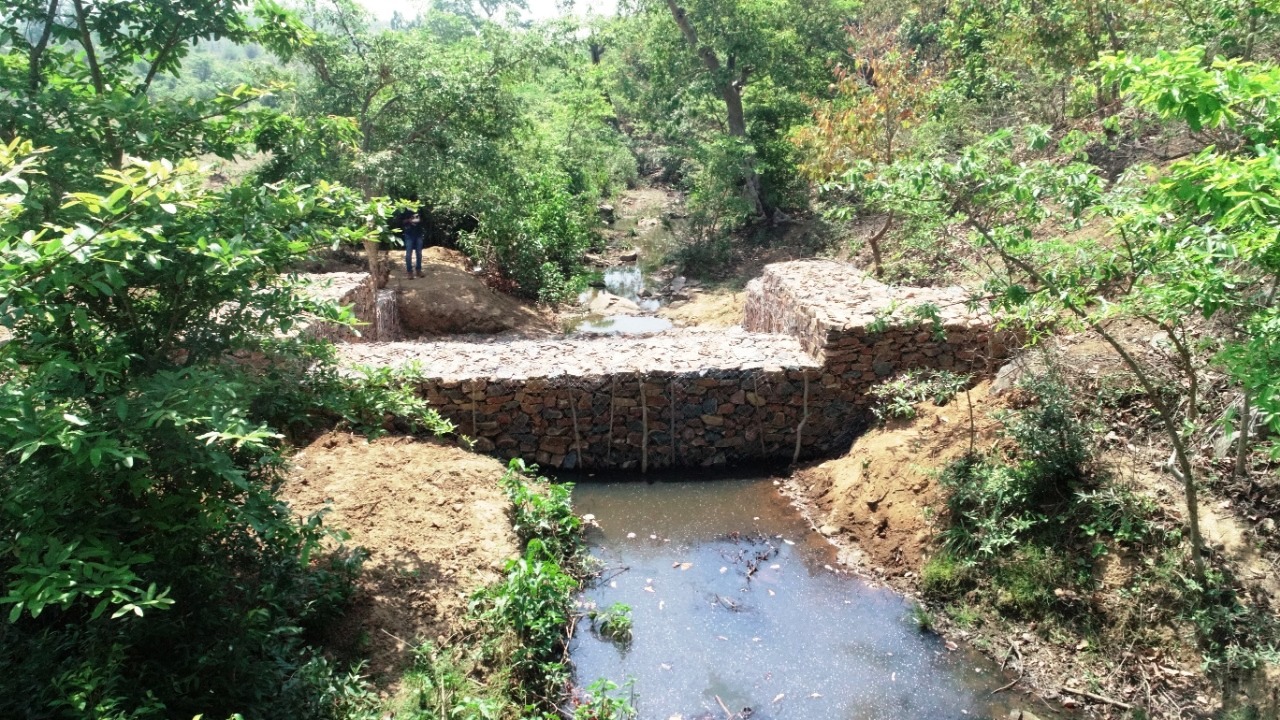
Till date, 1,955 streams have been mapped, selected and their detailed project report developed under the Narwa Vikas Yojana. Since April 2019, about 800 rivulets in the state have been revived. By 2023-2024, about 8,821 streams will be treated, Sreenivasa Rao, additional principal chief conservator of forests and CEO CAMPA, Chhattisgarh, told Gaon Connection.
A few successfully restored streams are the Jatarnai nullah (Marwahi), Chakradharpur nullah (Raigarh) Komla nullah (Bijapur) Bonga nullah (Surajpur) and Dongapani nullah (Mahasamund).
The estimated budget under CAMPA for narwa revival for 2019-20 stood at Rs 160 crore and for 2020-2021 it is Rs 210 crore. The total estimated budget under CAMPA is Rs 2,418 crore from 2019 to 2024.
Saving rivulets
Chhattisgarh has a dendritic drainage system (a branching pattern that looks like the branching out of roots). Five rivers — Ganga, Godavari, Narmada, Mahanadi and Brahmani — receive water from the state. And so, the narwa programme has the potential to influence the health of these five important Indian rivers.
Under the Narwa Vikas Yojana, gabions, contour trenches and check dams are constructed to rejuvenate dying rivulets. In revenue areas, the panchayat and rural development department is carrying out rivulet rejuvenation work with the help of MGNREGA funds, while the forest department is doing the work inside forest areas with the help of CAMPA.
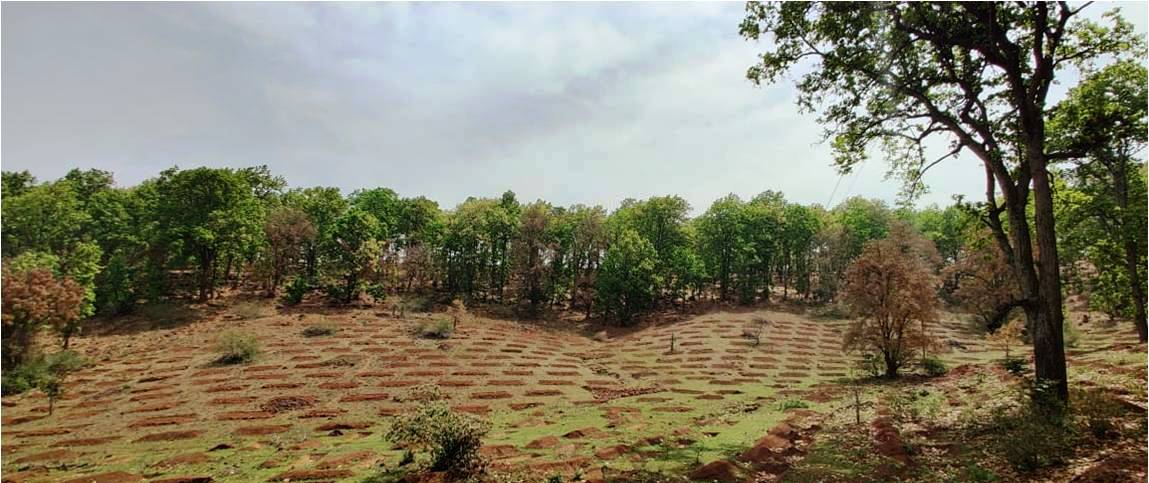
As 44 per cent of the land area in the state is covered by forests, the forest department has a key role to play in the rejuvenation of these streams. The department will work on all streams originating from forests in the next four years. By 2023-24, 8,821 streams covering 3.5 million hectares will be covered.
In the last financial year 2019-2020, 0.4 million hectares of forest area were treated and in 2020-21, the target set is another 0.4 million hectares, Rao said.
Explaining the importance of treating the forest areas, Rao told Gaon Connection that most rivers flowing through Chhattisgarh originate from catchment areas in the forests. “In due course of time, we have lost many rivulets. We are protecting the rivulets by adopting the ridge to valley approach [top to bottom],” he added.
According to him, earlier, the water flow in rivulets used to be visible for just three months, but has since increased to five or six months. The project also helps in achieving in-situ water as well as soil conservation. The aim is to make some of the streams all-weather streams. “Revival work is carried out after the monsoon. Inside forests, we can visit only after the rains stop. Most forestry operations start in October,” Rao told Gaon Connection.

Chhattisgarh principal chief conservator of forests Rakesh Chaturvedi said 1.2 million soil and water conservation structures have to be built across Chhattisgarh in the year 2020-2021. Before the monsoon this year, 0.75 million structures were constructed; work will resume post monsoon too. Both MGNREGA job card holders and non-card holders have worked. Later, they will be given responsibility to look after the structures.
Income source
Apart from reviving the local rivulets, the Narwa Vikas Yojana has also become a source of income for the local people. Anita Sethia, 35, a resident of Balood village in Dantewada district, worked on the narwa revival initiative with her MGNREGA job card and earned about Rs 200 per day. She worked from 9 am to 5 pm. “I laid stones in the forests to stop the water flow. It took me an hour to reach the site and come back. The streams have water now” she told Gaon Connection.
Usha Yadav, another resident from Balood village, worked under the narwa programme this year before the lockdown started. Her village falls in the forest area and she and three other women walked two kilometres to reach the work site. She has so far worked on the revival of five streams.
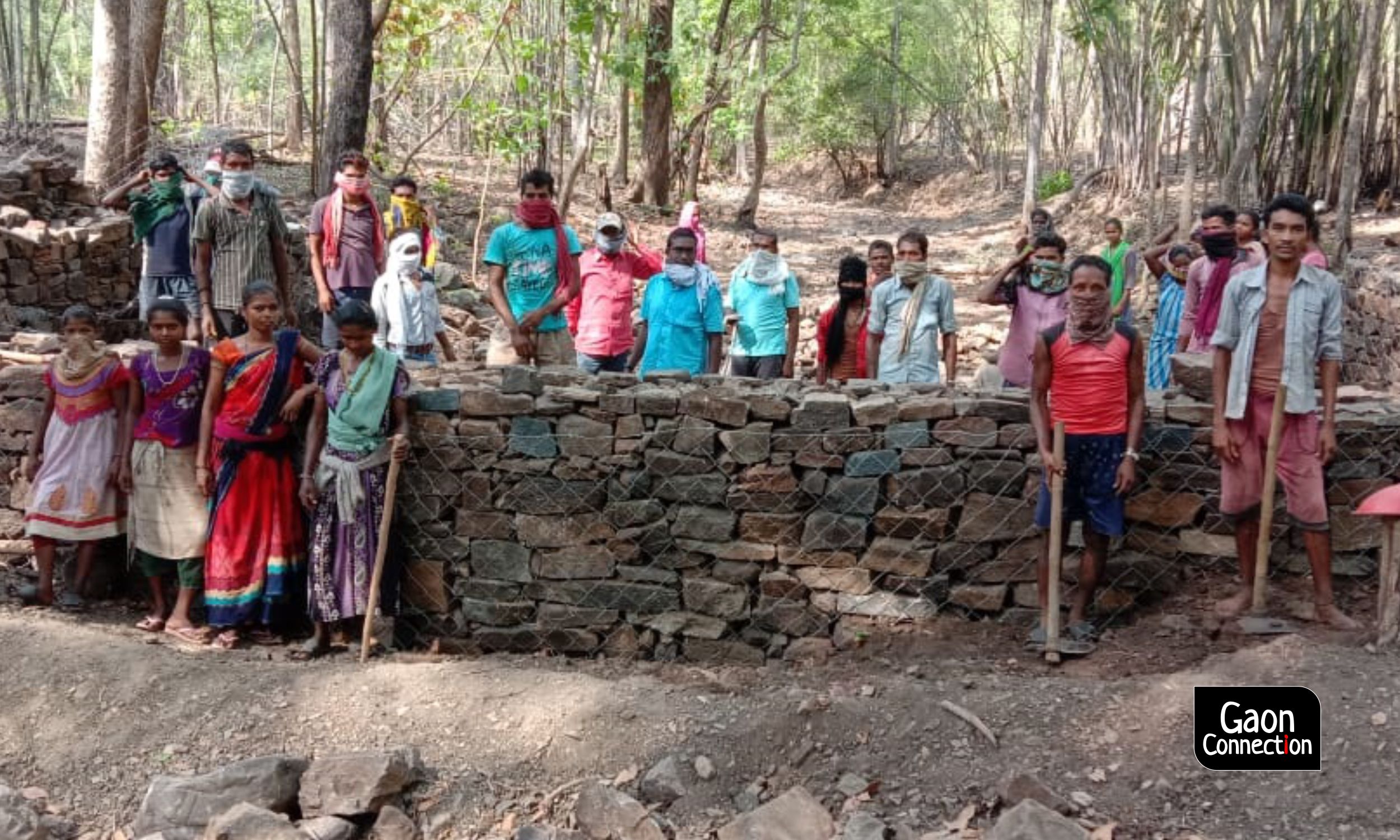
Divisional forest officer (DFO) of Gariyaband Mayank Agrawal said restoration work has been carried out on five streams in his division — the streams join Sukha and Pairi rivers before meeting the Mahanadi — and the results are encouraging. “We are treating the ridge areas so that we do not have to work downstream. The initiative started last year but it is a continuous process and will also be carried on in 2021 as well,” the DFO added.
Aggrawal explained that soil erosion is a major issue in Gariyaband district and it is hoped that it can be stopped through the rivulet rejuvenation project. “We are arresting silt at the initial place so that it will not get deposited in the beds of rivulets. Structures like loose boulder check dams, trenches, contour trenches, gabions and silt chambers are being constructed. We are trying to arrest water at its source and the idea is to slow down the water speed to check erosion,” he added.
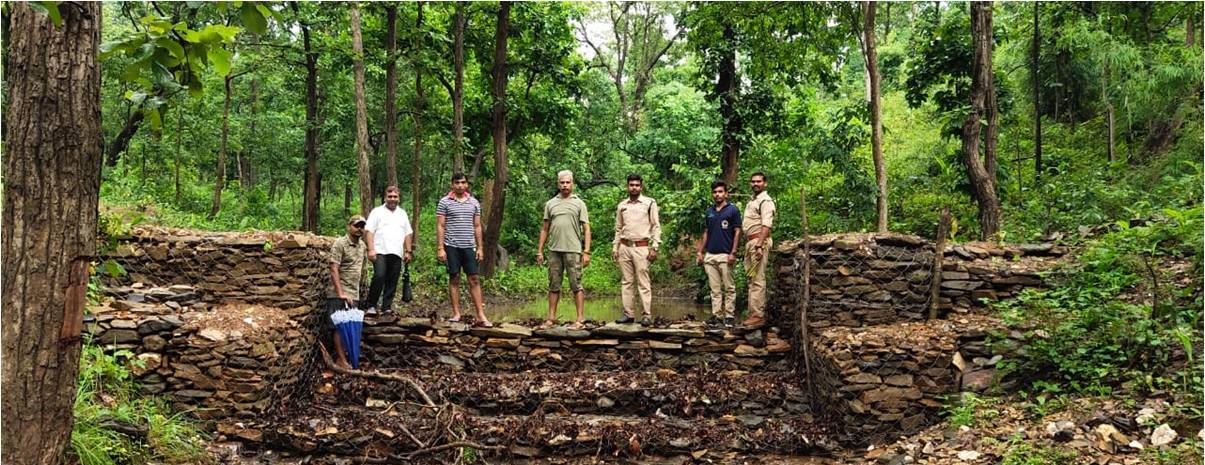
Kaliram Kamar, who is 45 years old, is from Naginbahara village in Gariyaband. He said some work was carried out during the COVID-19 lockdown, but there is pending work. The village lies in the forest area and Kamar had to cover a distance of eight km one way for working on the rivulets. “We built check dams and a lot of other structures. Forest officials explained to us what we had to do and it did not take us much time to understand. Streams like Tara Jhar and Khair Pani nullahs or streams have water now. Earlier, they were dried out. We use the nullah water for cultivation.”
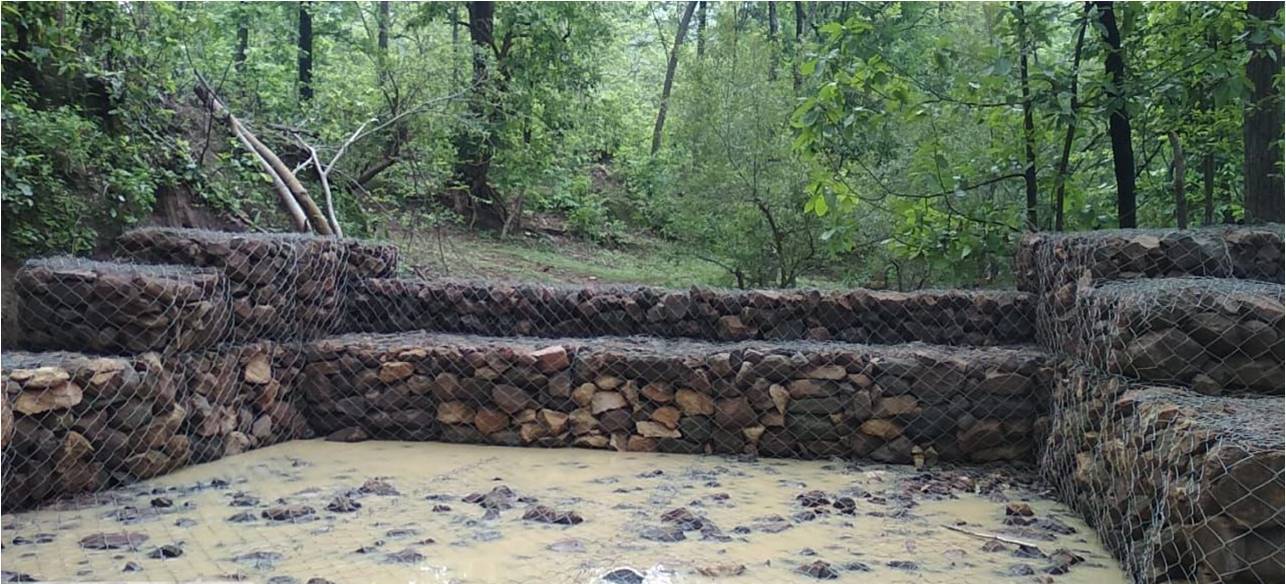
Satovisha Samajder, Divisional Forest Officer of Balod district, said the results can be clearly seen in her division after work on the catchment area of the Kharun river. Its head stream — Devarani Jethani — flows through 4,009 hectares of forest. She informed the stream was ‘treated’ with 382 loose boulder check dams as well as gabions, anicut, percolation tanks and dykes.

“The Kharun river treatment was completed before March 2020. The river flows to Durg and people can see that it is filled with water. This year, the Tandula river running through Balod district and Durg is also being treated,” she told Gaon Connection.
Pradeep Sharma, Bilaspur-based hydrologist, and adviser to the Chhattisgarh chief minister, said rivulets join rivers such as the Godavari, an important tributary of which is the Indravati river in Bastar. These rivulets run for two to 11 km. “The state provides water to the Ganga basin, the Mahanadi basin and the Indravati basin. The narwa programme aims at resource restoration in the villages. The primary goal is to recharge the aquifers by helping rain water seep through and recharge the groundwater.”
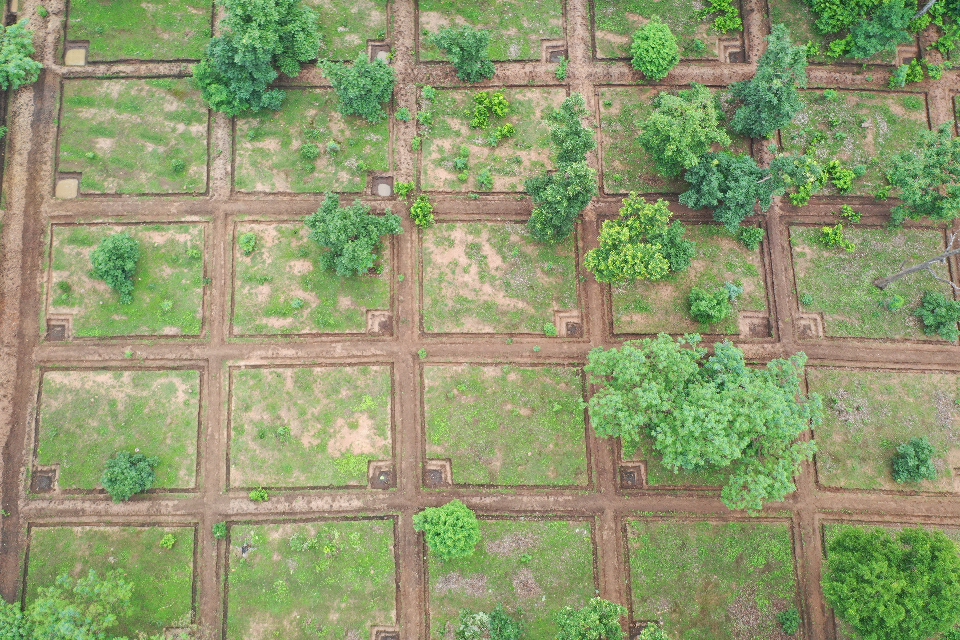
Tackling climate change
Conserving water sources in forests can be a solution to fight climate change as well-maintained forests can help bring down temperature to a great extent. Through good ground water level, local temperature can be regulated. This will also increase soil moisture and ensure good vegetation cover thus arresting drought. Preventing desertification is one of the goals under climate change.
Namita Mishra, state project manager, Infrastructure for Climate Resilient Growth, a United Kingdom-funded initiative that supports the Ministry of Rural Development for integration of climate change consideration in schemes, said the Bhupesh Baghel government in Chhattisgarh is giving due priority to the revival of streams. “The narwa programme focusses on water conservation through area treatment and groundwater recharge. The aim is also to increase the irrigation potential of farmers and address climate change. If we have good vegetation cover and water availability in forests, we can address temperature change and rainfall patterns.”
If all goes as planned, this provides a twin advantage — the villagers will find work and the rivers will course through their natural path without hindrance.

